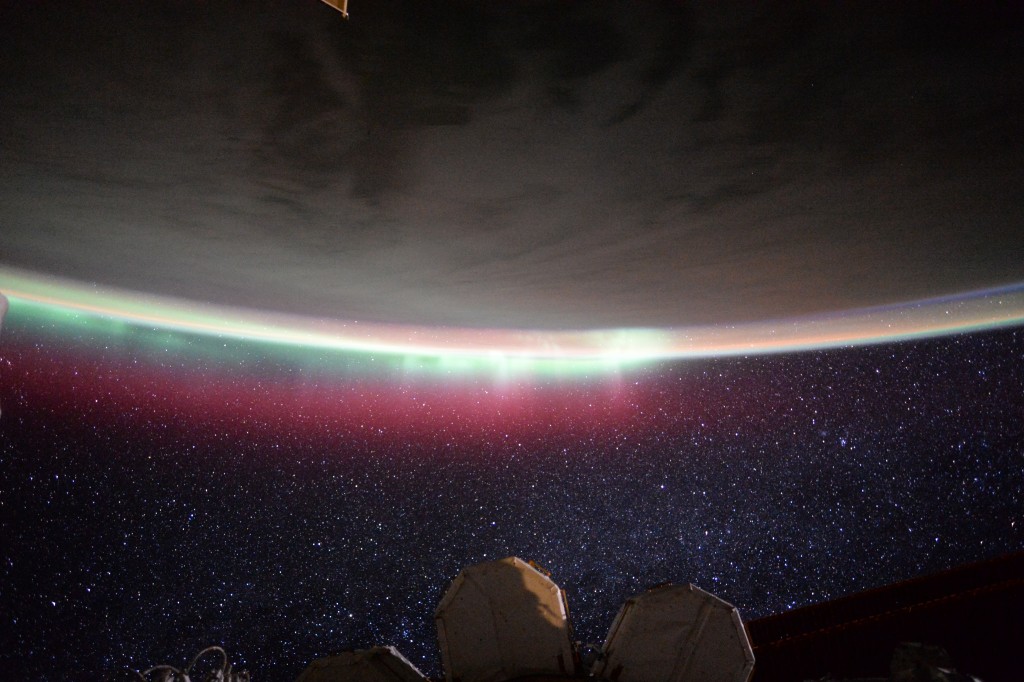Due to ESA astronaut Andreas Mogensen’s efficiency, particularly in physical operations, and the return flight that leaves late in the evening, Andreas’s will not have many iriss activities on his last day on the International Space Station. The whole crew are allowed to sleep longer on flight day 10, Friday, as they will be up late with the departure of Andreas, Gennady Padalka and Aidyn Aimbetov.
Japanese astronaut will take care of packing and moving the Endothelial Cells experiment to the Soyuz TMA-16M spacecraft that will take the departing astronauts back to Earth.
On the last day Andreas will test the MobiPV equipment in terms of technology. Will the system and network between the International Space Station and ground control work well-enough for ground controllers to ‘look over the shoulder’? The MobiPV system was tested recently in a underwater simulated space mission with ESA astronaut Luca Parmitano, this is what he had to say about the system:
Andreas will complete his last Space Headaches questionnaire before leaving and possibly record some video from the Japanese Kibo module where CubeSats are launched from the International Space Station. Andreas hoped to launch two mini-satellites from Denmark during the iriss mission but this activity is now planned for mid-October, when Andreas is back on Earth. If he has time he will explain the process of launch for when he is back on Earth.
After lunch Andreas will have completed all his activities for iriss. The rest of the day will be spent packing and preparing the Soyuz TMA-16M that will fly him to Kazakhstan. You can watch the landing live on the iriss blog and a detailed timeline will be published soon.



Discussion: no comments